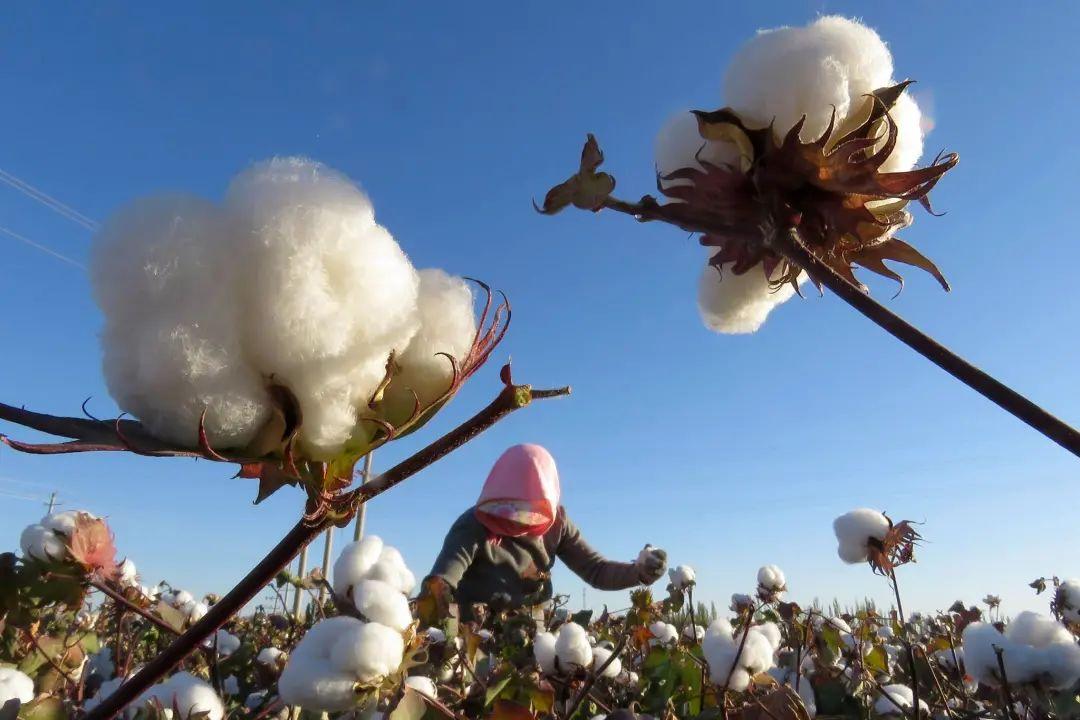
Types of cotton
First, let’s take a look at the various types of cotton. According to the cultivated species of cotton and the length and thickness of the fiber, it can be classified into three major strains:
Coarse staple cotton (eliminated cotton)
Also called Asian cotton, refers to the Cotton varieties of cotton and straw cotton have thick, short fibers and are elastic. This type of cotton fiber has been basically eliminated in China due to its short length, thick and hard fiber, white or dull white color, little mercerization, low use value and unit output, and there is no product cotton production in the world.
Fine-staple cotton (the most common cotton)
Also called upland cotton, refers to various varieties of upland cotton The fiber has medium fineness and length, white or milky white color, mercerized, and can prevent 11~100tex (60~6 inches) spun yarn. Fine-staple cotton accounts for 85% of the world’s total cotton production and is currently the most important cultivated cotton species in my country.
Long-staple cotton (the highest grade cotton)
Also called sea-island cotton, which refers to various varieties of sea-island cotton Hybrid cotton with sea and land has long fibers, thin and soft, milky white or light yellow color, rich in mercerization, and excellent quality. It is the raw material for producing cotton yarn below 10tex. The countries currently producing long-staple cotton mainly include Egypt, Sudan, the United States, Morocco, and Central Asian countries. The main production bases of long-staple cotton in my country are in Xinjiang and other regions. Long-staple cotton can be divided into extra-long-staple cotton and medium-long-staple cotton.
Key factors affecting cotton quality
Due to differences in cotton varieties, growing environments, planting and harvesting methods, the fiber characteristics and prices of the cotton produced are also quite different. The biggest difference, the most critical of which affects quality, is the fiber length of the cotton and the method of harvesting.
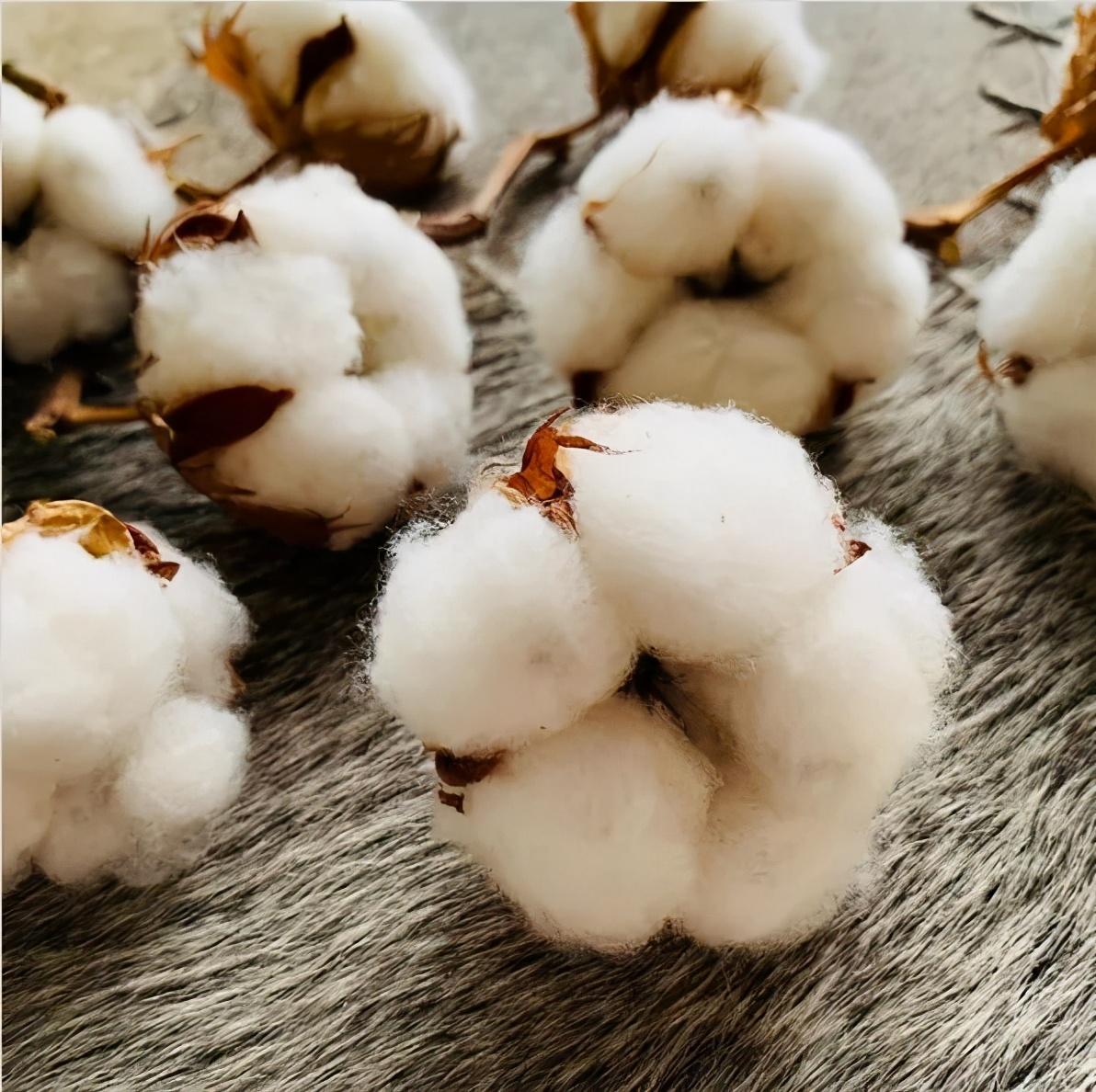
Long fiber cotton vs. short fiber cotton
Thinking of cotton, the white fiber spherical flowers growing on the branches in the cotton fields will immediately come to mind. This flower-like white structure is called “cotton boll”, which is actually The fruit of the cotton tree is what it looks like after the cotton flowers are pollinated and produce cotton seeds. The fluff on the cotton seeds grows from the skin of the cotton seeds, gradually fills the inside of the fruit, and finally breaks the fruit skin.
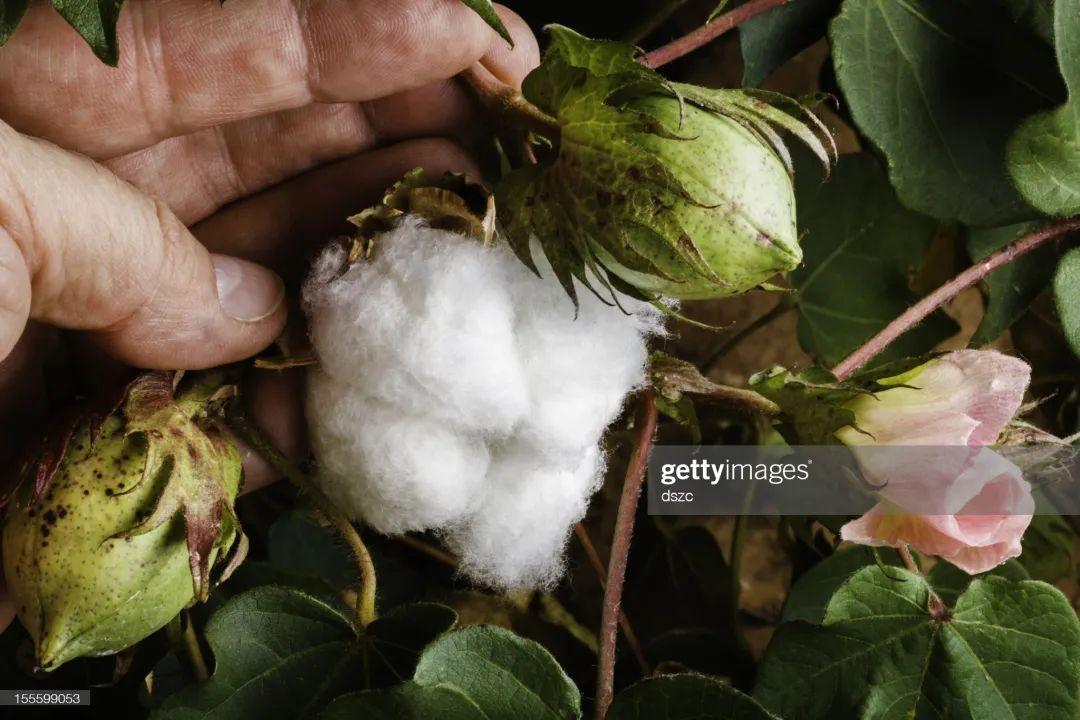
Cotton, as it is generally known, is the state formed after cotton blossoms, bears fruit, and finally the fibers growing on the cotton seeds burst the fruit shell.
Cotton fibers grown on cotton seeds can be divided into 2.5 to 6.5 centimeters according to their length. Extra long fiber cotton, 1.3 to 3.3 mm long fiber cotton, and 1 to 2.5 mm short fiber cotton.
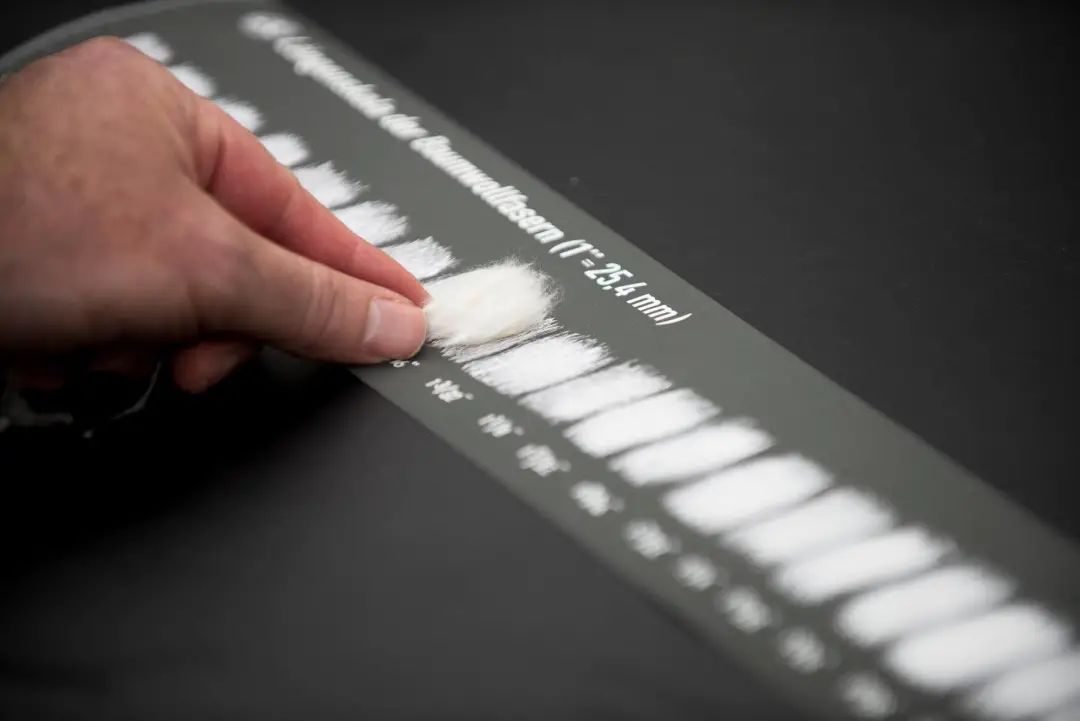
Generally speaking, the longer the fiber of cotton, the less exposed fiber ends of the spun yarn, so the fabric produced is softer and softer. It is light and thin, suitable for making high-end clothing, close-fitting bed sets, towels, etc., while short-fiber cotton is rough because the spun threads have more exposed fiber ends, so it is often made into wear-resistant and washable daily clothing. For example, denim clothing.
Hand-picked cotton vs. machine-harvested cotton
In addition to the fiber length of the cotton, the harvesting method also affects the quality of the cotton. High-end cotton products are almost all made from hand-picked cotton. This is not only because hand-harvested cotton can completely preserve the fiber of cotton, but also because cotton fruits mature from the lower end of the plant. Hand-picking can harvest the lower part of the plant first. For cotton, harvest the top cotton again after one or two months instead of pulling up the cotton like machine harvesting. Not only will this easily damage the fiber, but the oil and dust inside the machine may also cause the fiber to be contaminated.
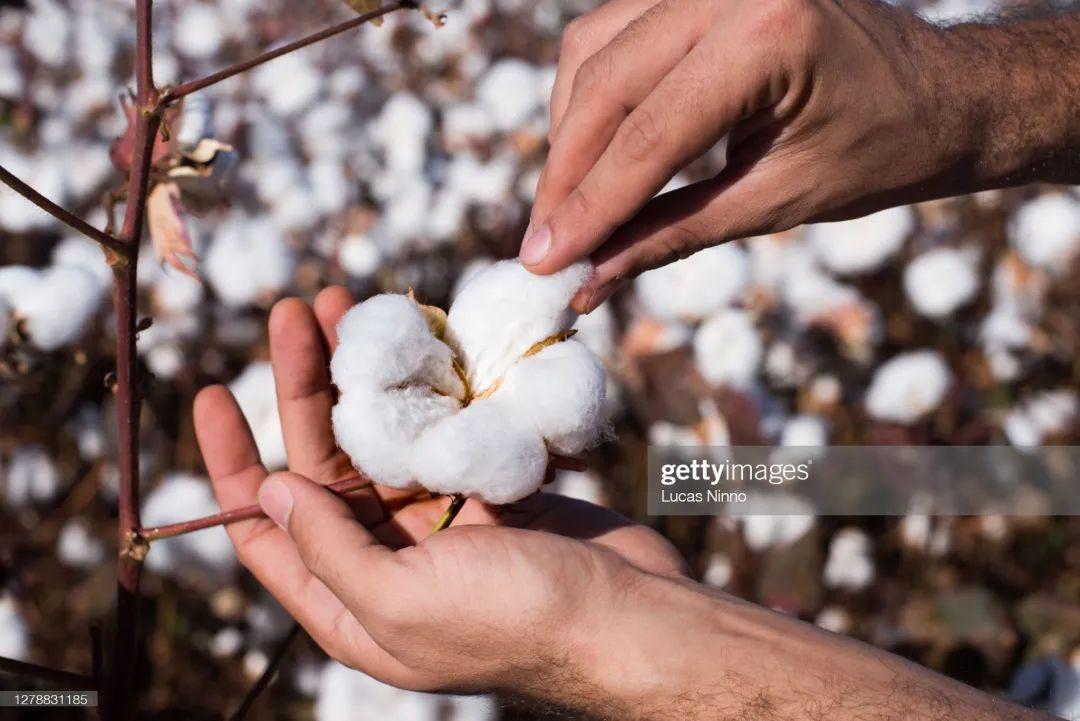
Hand-picked cotton must be grasped at the bottom of the cotton boll with five fingers to minimize damage to the fibers.
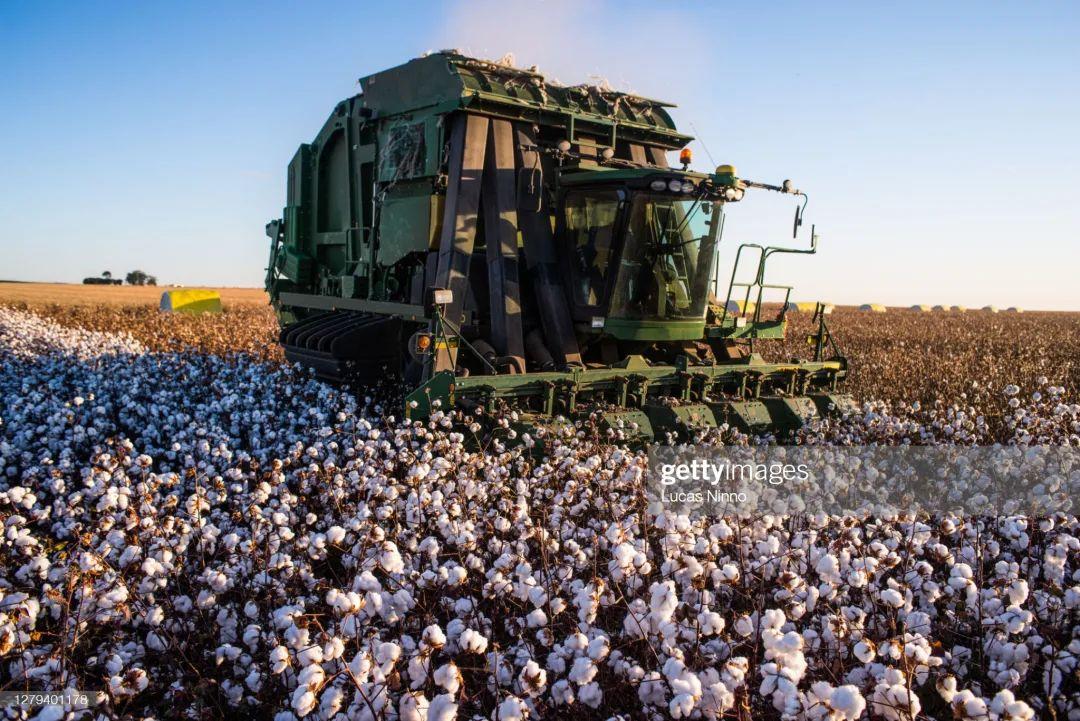
The machine harvesting process will mix impurities such as dead branches and sand into the cotton, which will cause greater damage to the fiber.
When we buy bedding, we often see merchants introduce that ours is Xinjiang cotton Or Egyptian long-staple cotton. In the past two years, Pima cotton has been strongly promoted; so much so that we can’t even figure it out. Let’s take a look at the differences between these three types of cotton.
Xinjiang cotton, Egyptian cotton, Pima cottonLength is only one aspect of quality, so overall Egyptian long-staple cotton is superior.

Comparison between Pima cotton and ordinary cotton:

SUPIMA(match Comparison of fiber gloss between horse cotton) and ordinary cotton
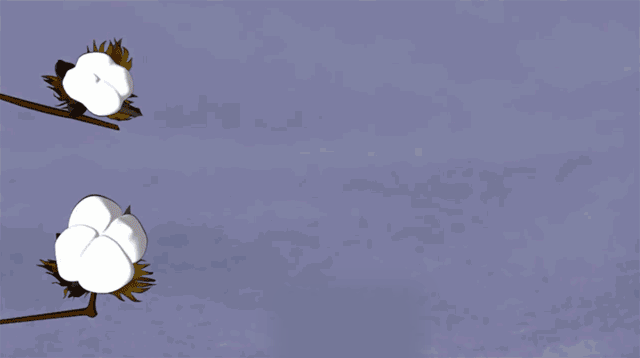
Comparison of fiber length between SUPIMA (horse cotton) and ordinary cotton

Comprehensive performance PK of three types of long-staple cotton
|
Xinjiang long-staple cotton |
Fiber body length 37.29mm, short fiber index (16.0mm) 6.9%, micronaire 4.22, maturity 0.98, impurity content 3.6%, moisture regain 5.7%, fiber uniformity 86.3, fineness 161mtex, neps 101/g. |
|||
|
Egyptian long-staple cotton |
Main body length 35.74mm, short fiber index (16.0mm) 8.9%, micronaire 4.22, maturity 0.98, impurity content 2.8%, moisture regain 5.7%, fiber uniformity 89.7, fineness 159mtex, 127 neps/ g |
|||
|
American Pima Cotton |
The main fiber length is 35.89mm, the short fiber index (12.7mm) is 6.5%, the micronaire value is 4.22, the maturity is 0.93, the impurity content is 3.1%, the moisture regain is 5.7%, the fiber uniformity is 87.1, the fineness is 171mtex, and the neps are 136/g |
|||
Summary: According to the comprehensive score, Egyptian long-staple cotton has better performance!







